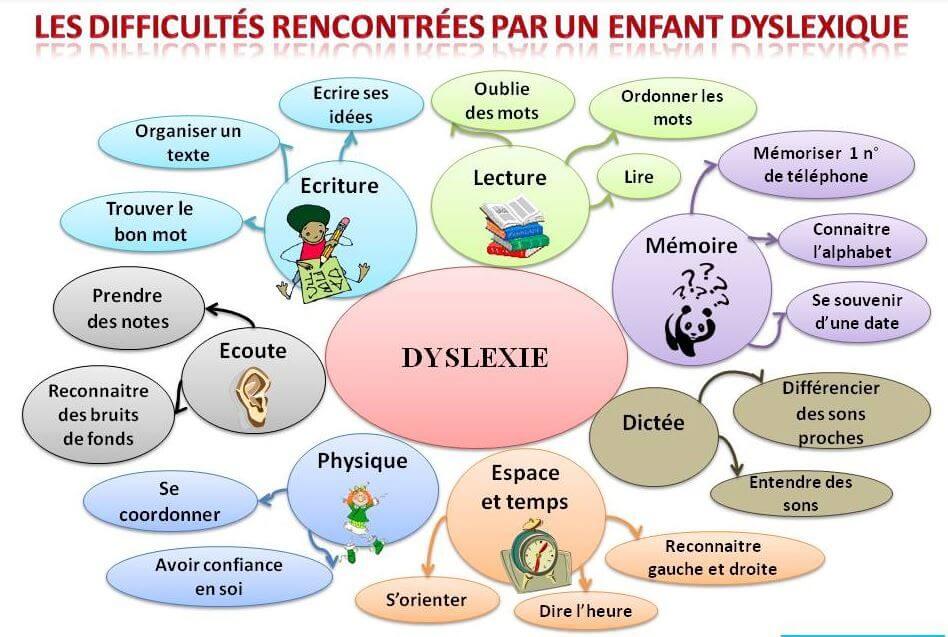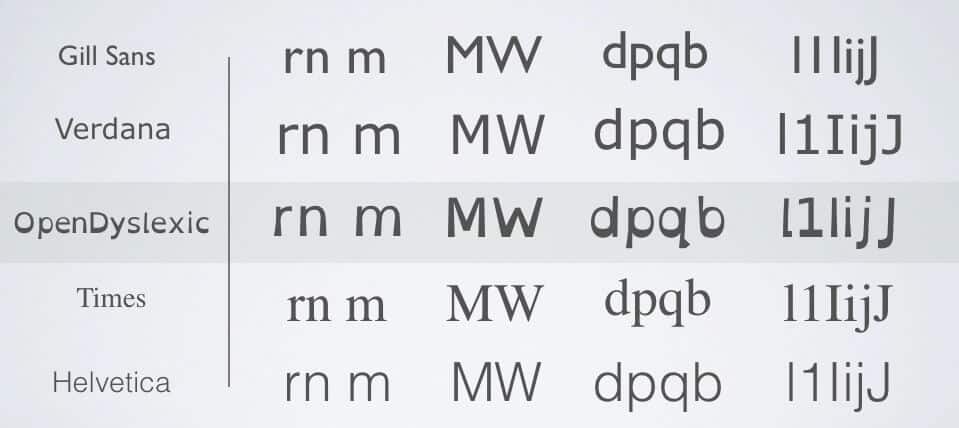Digital Accessibility: A Crucial Necessity for Dyslexic Adults
Adult dyslexia represents a daily challenge for millions of people around the world. This condition, characterized by difficulties learning to read and write, can have a significant impact on the daily lives of individuals who suffer from it. In an era where access to information is primarily digital, website accessibility becomes an essential part of ensuring an inclusive and equitable experience for everyone, including adults with dyslexia.
Understanding Dyslexia: Figures and Realities
Dyslexia affects approximately 5-10% of the world's population, and although often diagnosed in childhood, it often persists into adulthood. According to the British Dyslexia Association, only 35% of adults with dyslexia are aware of their condition, leaving a significant number of people without access to the tools and adaptations needed to help them.
For adults with dyslexia, reading on screens can be particularly difficult due to inappropriate presentation of content. Small font, inadequate contrast, difficult to read fonts and complex layout are all factors that hinder comprehension and fluent reading for this population.

Digital Accessibility: A Lever of Inclusion
Digital accessibility involves designing and developing websites so that all users, including those with specific needs such as dyslexia, can access content effectively. By incorporating features such as font size and style customization options, optimized contrast, and clear organization of content, websites can become valuable tools for adults with dyslexia.
Studies show that 71% of websites fail basic accessibility tests, making it difficult or impossible for many people with reading disorders like dyslexia to access information. However, solutions exist and are increasingly being implemented to overcome this gap.
Advances in Digital Accessibility for Dyslexic Adults
Accessibility standards, such as guidelines issued by the World Wide Web Consortium (W3C), such as WCAG (Web Content Accessibility Guidelines), were developed to guide website creators toward practices that promote maximum accessibility . These standards include specific recommendations for making websites more user-friendly for people with dyslexia, such as the use of sans serif fonts, optimal spacing between lines and appropriate color contrasts.
Additionally, technology tools like browser extensions and dedicated accessibility apps like screen readers and color filters provide additional ways for dyslexic users to personalize their online browsing experience.

The Importance of an Inclusive Approach
Investing in digital accessibility is not just for people with dyslexia, but benefits all users. More accessible websites also benefit older adults, people with visual or motor limitations, and those with temporary needs such as injuries or temporary reading difficulties.
Ultimately, digital accessibility should be considered an ethical and social imperative. It helps break down barriers and create an inclusive online environment where everyone has the opportunity to fully participate in modern society.
In Conclusion on dyslexia
Adult dyslexia presents a significant challenge for many people, affecting their ability to access information and communicate effectively. To overcome these barriers, digital accessibility plays a crucial role in making websites more user-friendly and accessible for adults with dyslexia.
By adopting accessibility standards and implementing features specifically designed to meet the needs of people with dyslexia, we can create an online environment where equal opportunities become a reality for everyone, regardless of how they operate. cognitive or their specific needs. Investing in digital accessibility therefore represents an important step towards a more inclusive and equitable society for all.
Understanding and empathy for the challenges of adults with dyslexia is essential to building an online world where everyone can thrive. By integrating digital accessibility into our web development practices, we can truly change lives and open new doors for those who need them.
Bring your sites up to digital accessibility standards now with Néno Communication
